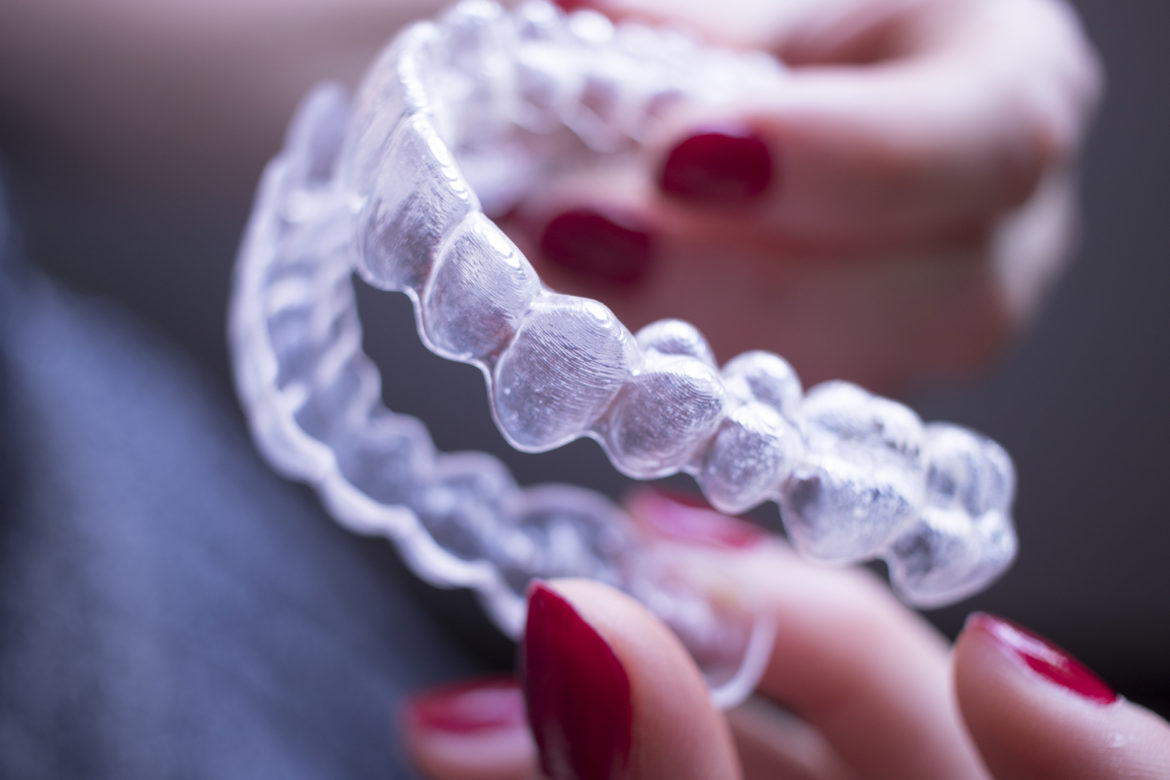Would you do your own plastic surgery? If you broke your leg, would you try to set the bone yourself? How about your own cardiac surgery? Why would you think that you could be your own dentist or orthodontist?
Sounds crazy, but thousands of people in this country are spending millions of dollars so they can perform their own tooth alignment. That’s right, they are paying companies hundreds and even thousands of dollars so they can be their very own dentist. Why? Sure, it seems convenient to have your clear aligners shipped to your home and to do-it-yourself, but the prevailing reason why most people choose direct-to-consumer, or do-it-yourself dentistry, is cost. They are lured in by great television and online advertising, often by a celebrity endorsement, and buy into the theory that it is so simple and easy that they can be their very own dentist/orthodontist.
As a dentist for the last three decades, I have ALWAYS chosen quality dental products and laboratories to provide the very best to my patients. As an Invisalign Global Faculty member and Platinum Plus Provider who has started over 1,500 cases, I do the same when choosing which tooth alignment system to provide to my patients. I know this might sound like a commercial and I promise it is not, but why wouldn’t you provide the very best quality for your patients?
Invisalign is just that with over 7 million cases started worldwide. While some of the leading direct to consumer tooth aligner companies are spending millions of dollars on advertising, Invisalign has spent millions on technology to set itself apart from every other aligner company in the world. The Smartforce technology used in Invisalign’s aligners set it apart from all other aligner companies in the world. Smartforce moves teeth in ways very similar to orthodontic wires and brackets. Teeth can be rotated, uprighted or even moved from position A to position B. The technology used in every other aligner company is equivalent to that of Invisalign’s original aligner material that was used over 20 years ago. The movements from this aligner material are limited and essentially involve a tipping of the tooth and thus many consider it outdated.
Although aligner material is critical, the biggest downside of direct-to-consumer tooth alignment is the lack of professional supervision throughout treatment by a licensed dentist. Some direct to consumer tooth alignment companies attempt to circumvent the lack of supervision by having patients sign consent forms that state they have been seen by a licensed dentist in the last six months. They claim that their case is “designed” by a licensed dentist and supervised when a patient sends in photos from their cell phone (if the patient chooses to do this). If that does not sound a bit strange, you would think that a patient would get wary of the process at the onset of treatment.
You see, depending on which do-it-yourself company that a patient chooses, treatment can get started one of two ways. Patients can go to a scanning center (where there is never a dentist present) to get scanned for their…

